Imagine intricate lacework, perfectly sealed seams, and personalized accessories; all brought to life with the focused beam of a laser. Laser-cutting fabric has revolutionized the textile world, opening doors to endless possibilities.
This comprehensive guide is your key to unlocking the magic of laser machines for cutting fabrics. We will delve into the essentials, from choosing the right materials and machines to mastering the essential techniques. So, whether you’re a seasoned crafter or a curious newcomer, get ready to embark on a journey of laser-powered exploration.
Understanding Laser Cutting
Laser cutting is a subtractive manufacturing process. This process includes a high-powered laser beam, concentrated to a tiny point, vaporizing the fabric along a predetermined path, leaving behind a clean and precise edge. This technology offers several advantages over traditional methods like die-cutting, rotary blades, or scissors, resulting in superior results and expanded creative possibilities.
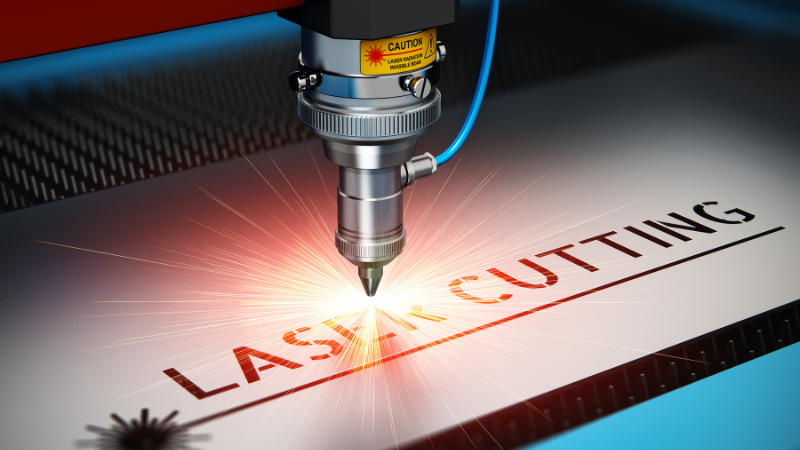
The laser-cutting process is mainly controlled by a computer. It carves intricate shapes with incredible precision and speed. Laser cutting delivers clean cuts with minimal heat distortion.
Whether it’s crafting life-saving medical devices or etching delicate snowflakes on ornaments, laser cutting is a versatile superpower, leaving its mark on everything from everyday objects to cutting-edge technology. So next time you come across a beautifully intricate design, remember that it might just be the handiwork of this laser-cutting technique.

Benefits of Laser Cutting Fabric
The benefits of laser-cutting fabric can not be described in simple words. The benefits are divided into many ways. Some of the benefits are given below:
1. Precision and Accuracy
Laser cutting offers unparalleled precision, crisp edges, and intricate details impossible to achieve with traditional methods. This eliminates the need for fraying allowances and ensures perfect alignment of components.
2. Speed and Efficiency
Compared to traditional cutting methods, laser cutting is significantly faster due to its speed, particularly for complex designs. This efficiency translates to increased productivity and reduced production time.
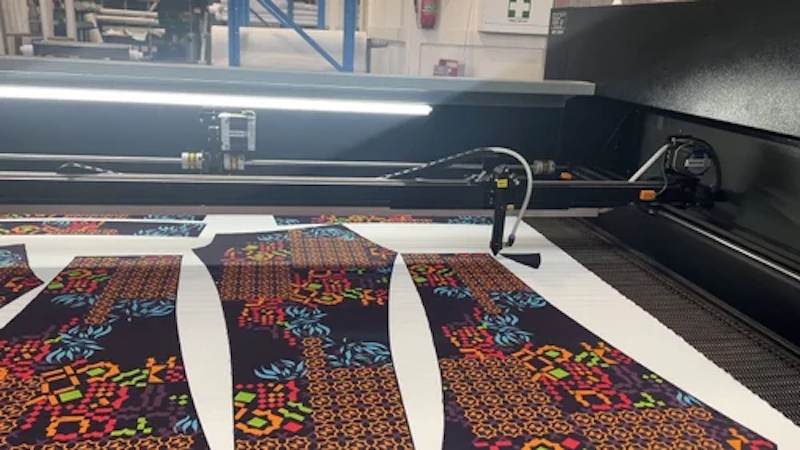
3. Versatility
From delicate silks to heavy denim, laser cutting can handle a diverse range of fabrics. The process can also help to make intricate shapes, including curves, scallops, and intricate patterns, opening a world of design possibilities.
4. Cleanliness and Fusing
The heat generated by the laser seals the edges of the fabric as it cuts, eliminating the need for additional finishing. In some cases, the edges can even be fused, creating a seamless and durable bond.
5. Minimal Waste
Laser cutting minimizes fabric waste by utilizing nesting software that optimizes the placement of patterns on the material. This reduces wasted fabric and promotes sustainability.
What Kind of Laser is Needed for Fabrics?
While choosing a laser for fiber cutting, you need to consider certain factors. Such as:
- Fiber Content: Natural fibers like cotton, linen, and wool generally cut well with a CO2 laser.
- Weave and Weight: Tightly woven fabrics like denim and canvas offer stability during cutting, while loosely woven fabrics may require additional support to prevent distortion.
- Finishing and Coatings: Fabrics with heavy finishes or coatings might experience charring or residue. It’s best to test small samples before processing larger quantities.
The type of laser needed for fabrics depends on what you want to do with it. There are two main applications for lasers with fabrics: cutting and engraving.
I. For Cutting Fabrics
The most common type of laser used for cutting fabrics is the CO2 laser.
CO2 Lasers
CO2 laser machines emit light in the far-infrared spectrum, which is readily absorbed by organic materials like textiles. CO2 lasers offer high power and good flexibility, making them suitable for cutting a wide range of fabrics, including cotton, polyester, wool, and leather.
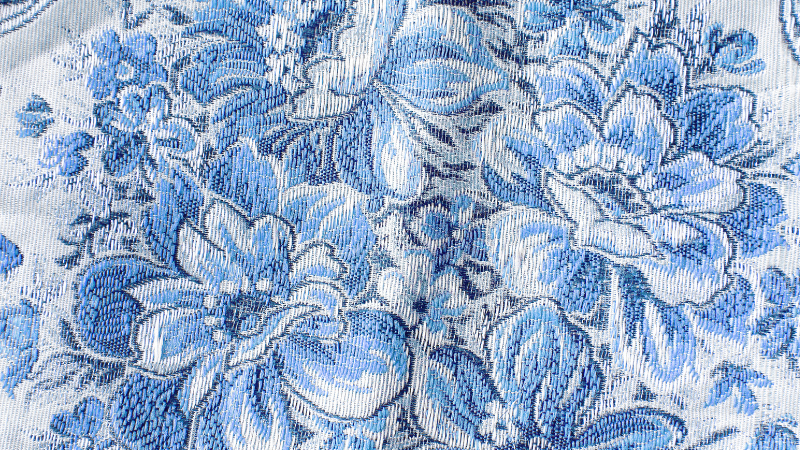
II. For Engraving Fabrics
For engraving fabrics, the two most common types of lasers are CO2 lasers and fiber lasers.
1. CO2 Lasers
CO2 lasers can also be used for laser engraving fabrics. The laser beam burns away the surface of the fabric, creating a permanent design or image.
2. Fiber Lasers
These are a newer type of laser that is becoming increasingly popular for laser engraving fabrics. Fiber lasers emit a beam of ultraviolet light that is very precise and can create very detailed designs. Fiber lasers are also good for marking delicate fabrics that might be damaged by a CO2 laser. But they may require higher capital investment.

Which Types of Fabric are Suitable for Laser Cutting?
While laser cutting offers remarkable versatility, not all fabrics are created equal. Here’s a rundown of some of the most common types:
I. Natural Fibers
The main ones are the following 3:
1. Cotton
Cotton is a popular choice for laser fabric cutting due to its affordability and clean-cut edges. It’s ideal for delicate designs and projects like lace and garment embellishments.
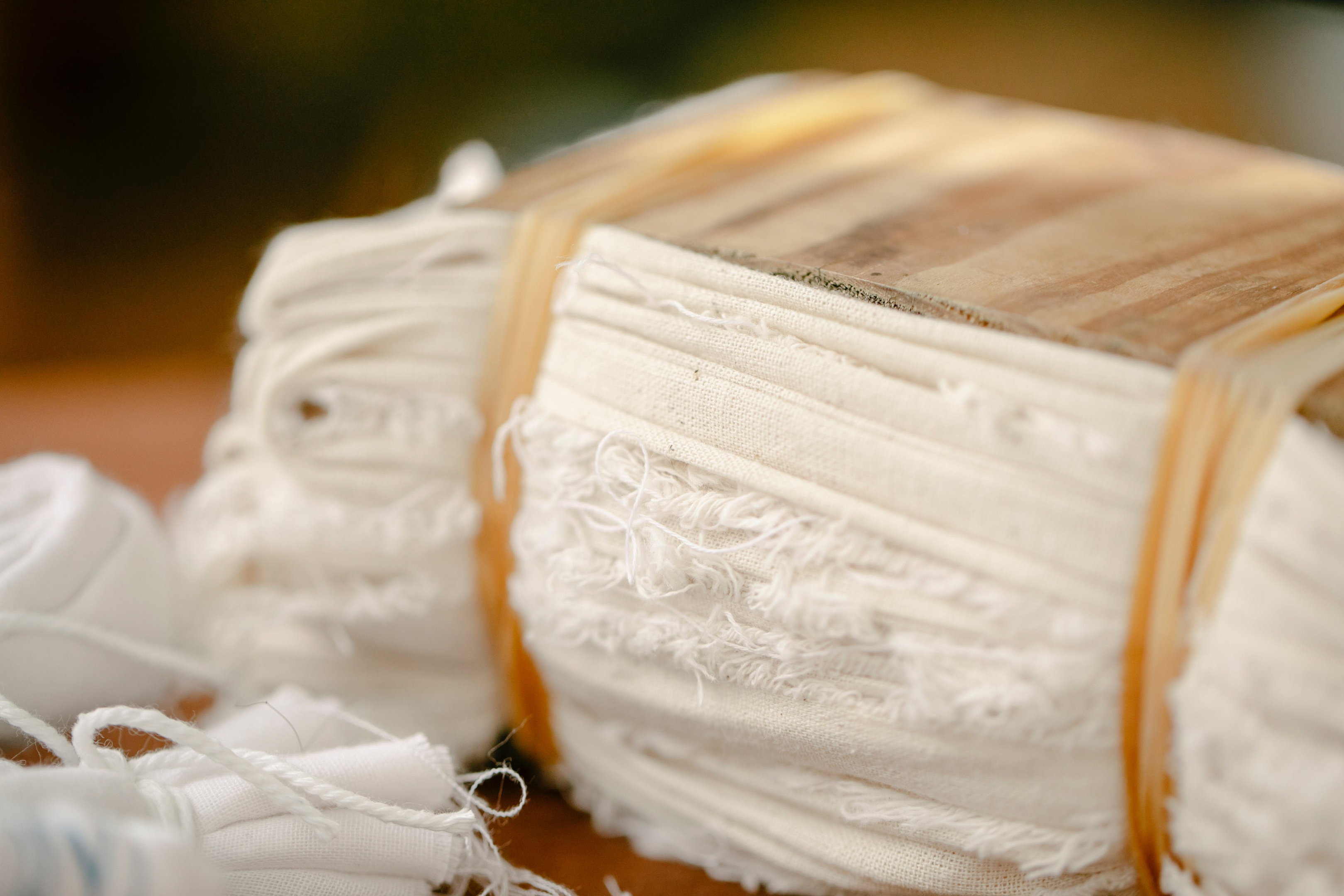
2. Linen
Known for its durability and crisp finish, linen takes well to laser cutting and produces sharp edges. It is perfect for home decor items like napkins, table runners, and coasters.
3. Silk
Laser cutting adds a touch of elegance to delicate silk fabrics. The heat seals the edges, preventing raveling and preserving the fabric’s luxurious drape. It’s perfect for scarves, handkerchiefs, and lingerie details.
II. Synthetic Fibers
The types of Synthetic Fibers are listed below:
1. Polyester
A synthetic workhorse, polyester laser cuts beautifully, with the heat melting the edges to prevent fraying. It’s a versatile choice for a variety of projects, from apparel and accessories to banners and signage.
2. Nylon
Another strong and abrasion-resistant synthetic nylon laser cuts cleanly and can be used for various applications, including sportswear, outdoor gear, and industrial textiles.
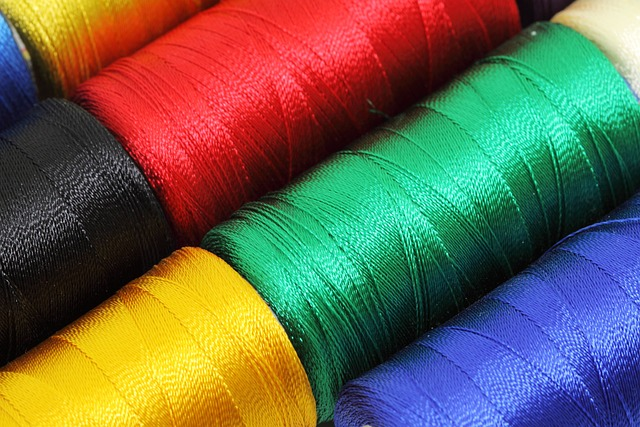
3. Fleece
Laser-cutting fleece creates precise edges and eliminates the need for hemming. It is perfect for crafting toys, warm accessories, and cozy home accents.
How to Laser Cut Fabric?
The process of fabric cutting through laser requires the following processes:
Step 1: Preparation
You need to choose the appropriate fabric and ensure it is clean and wrinkle-free. Then you will have to prepare your design in a vector format compatible with the laser cutter software, such as SVG or DXF. Afterward, you have to ensure closed paths and appropriate thickness for your chosen fabric.
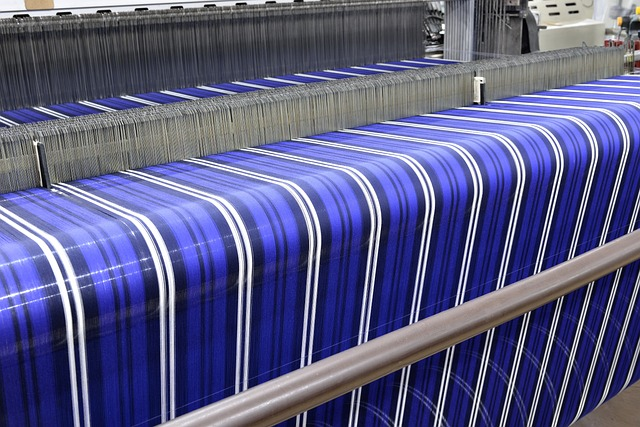
It is important to digitize your desired design using CAD software and import it into the laser cutter’s control panel. Make sure to wear safety glasses, gloves, and a mask to protect yourself from laser hazards and fabric particles.
Step 2: Setting Up
You must select the proper laser power, speed, and frequency based on the fabric type and thickness. You may have to use a test piece to experiment with settings and fine-tune them for optimal results. The fabric needs to be positioned on the laser bed, ensuring it is flat and secure. Lastly, while setting up, you must avoid overlapping or wrinkles.
Step 3: Fabric Cutting
You need to run a test cut on a small scrap of your fabric to confirm settings and edge quality. For that, you need to first secure the fabric onto the cutting bed using a vacuum table or other holding mechanism. Then, activate the laser cutter and monitor the process to ensure smooth cutting and no unexpected burning. Make sure there is proper ventilation.
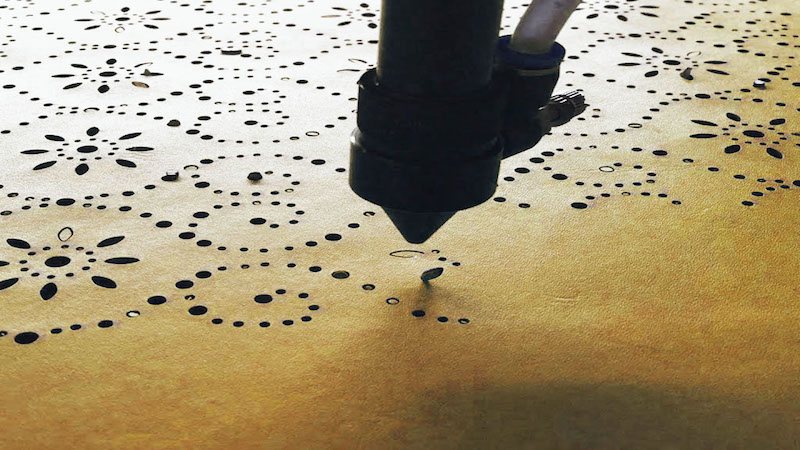
Step 4: Post-processing
After cutting, any residue or charring should be removed from the edges. Depending on the fabric and application, additional finishing, such as washing or ironing, may be needed. By doing so, you can ensure that the fabric laser-cutting machine will last for a long time.

Precautions for Laser Cutting Fabrics
While working with laser-cutting machines, you may have to take care of a few things. Such as:
- Fire Safety: Laser cutting generates heat and sparks, so fire safety precautions are important. Wear appropriate eye protection and operate the laser cutter in a well-ventilated area with readily available fire extinguishers.
- Fume Extraction: The burning of fabrics releases fumes that can be harmful if inhaled. Make sure proper ventilation or fume extraction systems are in place to protect yourself and others in the vicinity.
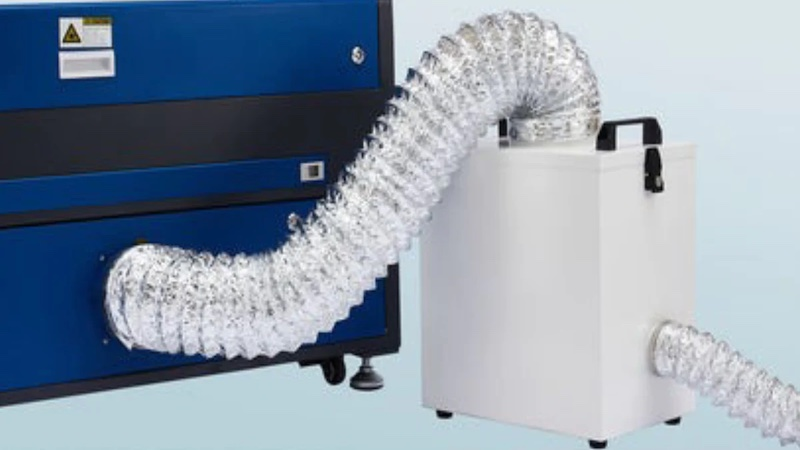
- Material Compatibility: Not all fabrics are suitable for laser cutting. Some fibers may melt or release toxic fumes. Research the compatibility of your fabric before proceeding.
- Maintenance: Regular maintenance of the laser cutter is important for optimal performance and safety. Follow the manufacturer’s instructions for cleaning, calibrating, and replacing worn parts.
Selecting the Appropriate Fabric Laser Cutter
There are a few factors that influence the selection procedure of the laser machine for fabric cutting. Some of the important factors are given as follows:
- Budget: Laser cutters range widely in price, from hobbyist-friendly models under $1,000 to industrial machines costing tens of thousands. So, you may have to buy a laser-cutting machine according to your budget.

- Laser Power: This influences the thickness and variety of fabrics you can cut. CO2 lasers typically range from 20 to 150 watts for fabric applications. You can start with lower power for lightweight fabrics and consider higher power for thick materials.
- Cutting Area: You should choose an area that accommodates your typical project size. You must consider potential future projects to avoid outgrowing your machine quickly.
- Features: While buying a fabric, laser cutter features play an important role. Advanced features, like automatic focus, fume extraction, and nesting software, can increase efficiency and ease of use but also come at a cost. So, you must analyze your workflow and prioritize features that best suit your needs.
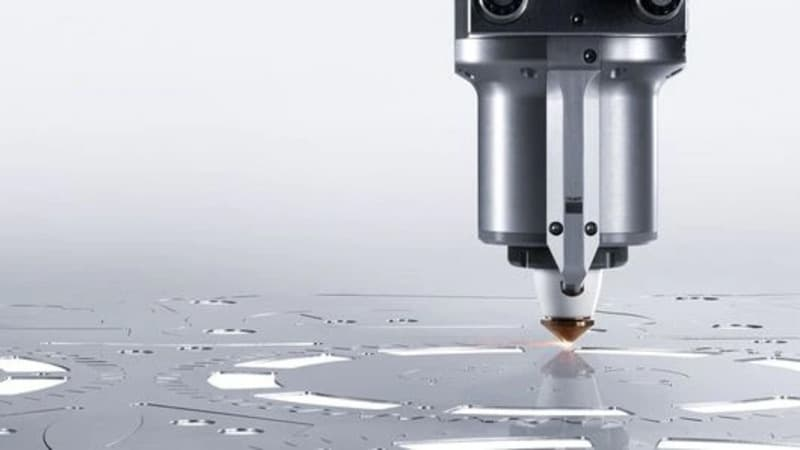
- Ease of Use: You should consider your technical skill level and choose a machine with an intuitive interface and good online resources. You can look for models with accessible software and training materials.
- Brand Reputation: You must research the brand’s reputation for quality, customer service, and warranty coverage. You can simply read online reviews or consider visiting local distributors for hands-on experience.
FAQs
1. What is the Physics of Laser Cutting?
The oxygen ignites and burns through the metal’s thickness due to the heat from the molten puddle created by the laser. Unlike other gas-cutting methods, this exothermic reaction is limited to the diameter of the concentrated laser light. The molten metal is ejected from the cut kerf by the gas pressure.
2. What is the Main Disadvantage of Laser Cutting?
Although there are many advantages and applications of using a laser cutting system, there are some disadvantages of using a machine. Limitations on material thickness, toxic gasses and fumes, significant energy consumption, and upfront expenses are some of the drawbacks of laser cutting.
3. Is Polyester Safe to Laser Cut?
It is safe to laser-cut the polyester fiber. You can use both fiber lasers and CO2 lasers for this. It is not advised to use polyesters with 1.06-micron fiber lasers as they do not absorb energy well. When polyester is laser cut with a CO2 laser, the result is a crisp edge with little melting and no discoloration.

Conclusion
Laser-cutting fabric has opened a dazzling chapter in the world of textiles, and now you hold the key to unlocking its potential. From intricately detailed lace to perfectly sealed edges, from personalized accessories to innovative products, the possibilities are boundless. Remember, mastering the technique takes practice, patience, and a touch of experimentation.
And don’t forget, your journey doesn’t stop here! Our website offers a treasure trove of additional resources, from laser setting guides to project tutorials and troubleshooting tips. So keep exploring, and let your imagination shine through every single cut.
Take Your First Steps into Laser Cutting Fabric with Baison Laser!
Ready to dive into the world of laser-cut fabric but need a little nudge? Let us help you learn the technical details, the little tricks, and expert advice regarding laser cutting fabric.
Whether you are a newbie or want to reach your fullest potential in this field, Baison Laser will guide you with every little detail you might need to know. Please Contact Baison Laser today for any assistance you may need regarding laser cutting fabric.





